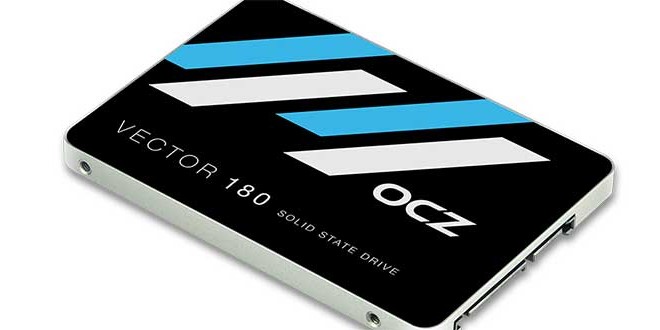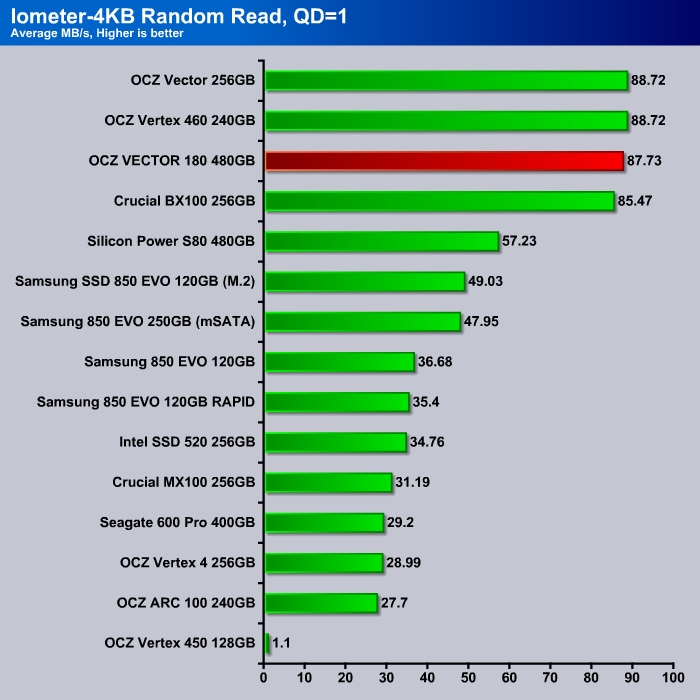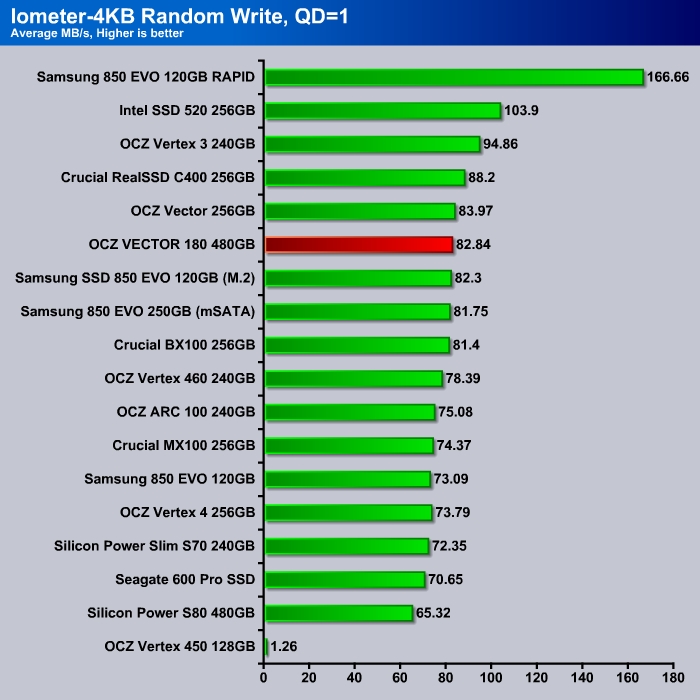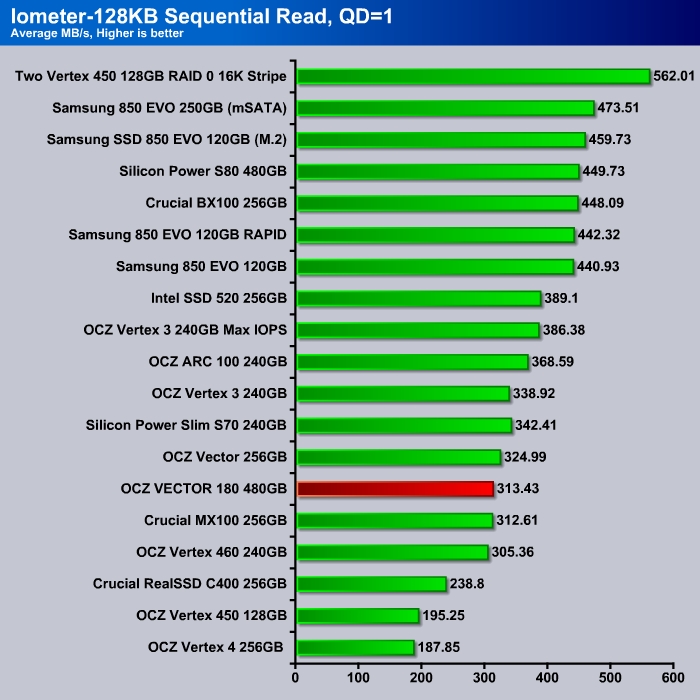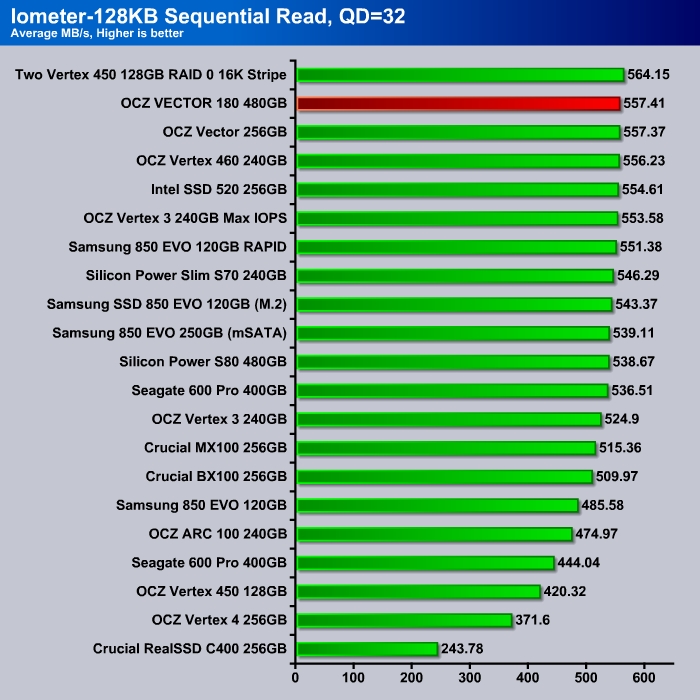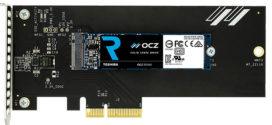TESTING & METHODOLOGY
To test the drive, we cloned our test rig drive to the SSD. It is the same test drive we’ve been using on all of our drive testing and is nothing more than a clean Windows load with all the drive testing software installed, as well as all the current drivers and patches for the OS. It’s the equivalent of doing a fresh load of OS from the disc but takes a lot less time and ensures that every drive tested uses exactly the same OS load and drivers. Nothing that may effect the outcome of the testing procedure can creep in. We ran all of the tests a total of 3 times and averaged those results. The Average of the three results are presented here. In the case of a pictorial benchmark we ran the bench 3 times and picked the median result. As with most SSD testing differences from run to run are minimal and the median result is a good indication of what you can expect from the drive. We ran our usual battery of tests on the drive, and used it as the primary boot drive during testing. All of the drives tested were used as the primary boot drive during testing. That’s a more realistic test than strapping the drive in and testing it with a bare format or as a non-boot drive and it represents real life transfer rates, much like you can expect when you install and operate the drive in your own system. Each test was performed 3 times and the average of the 3 test run is reported here.
Test Setup
| Test Setup | |
| Case Type | None |
| CPU | Intel Core i7 3770K |
| Motherboard | Gigabyte GA-Z77-UD3H |
| Ram | Kingston HyperX 1600 |
| CPU Cooler | Prolimatech Megahalem |
| Storage Drives |
|
| Optical | None |
| GPU | PNY GTX 670 |
| Case Fans | 120mm Fan cooling the mosfet CPU area |
| Docking Stations | None |
| Testing PSU | Cooler Master UCP 900W |
| Legacy | None |
| Mouse | Microsoft Intellimouse |
| Keyboard | Logitech Keyboard |
| Gaming Ear Buds | None |
| Speakers | None |
Iometer
The Vector 180 random read at queue depth of 1 is similar to other Indilinx Barefoot 3 controller drives (Vertex 460 and Vector).
The Indilinx Barefoot 3 drives traditionally does very well with the typical desktop workloads of queue depth of 4. Here, the Vector 180 is no exception, beating out the Crucial BX100. It is even able to out-perform the Vector by as much as 20%.
At queue depth of 32, the Vector 180 unfortunately trails behind the competitor such as Samsung 850 EVO and the Crucial MX100/BX100. The difference is not major but it is there nonetheless.
Queue depth 1 random write shows the Vector 180 performs very well where it behaves similar to other Barefoot 3 drives.
At queue depth of 4, the Vector 180 trails behind the Samsung 850 EVO and the Crucial MX100 slightly. It is also slightly slower than the older Barefoot 3 drives (Vector).
While the write performance at queue depth of 32 is not slow, it is not the fastest drives we have tested.
Sequential read at queue depth of 1 for the Vector 180 lags behind the competitor by a large margin. Sequential read has always been a weak spot for the Barefoot 3 controller. As you can see all of the Barefoot 3 drives aggregates together in the middle of the chart.
However, the drive springs back to the top spot at queue depth of 32. Most desktop workload would not stress the drive at such high queue depth so it is unlikely that a typical desktop would benefit from such performance improvement.
Low queue sequential write of the Vector 180 is good but is still lagging behind the competitor slightly. The SandForce based drives often excel in this area thanks to the data compression algorithm its controller implements. Again, most OCZ drives that uses Barefoot 3 controller are clumped together within about 5% difference in the performance.

 Bjorn3D.com Bjorn3d.com – Satisfying Your Daily Tech Cravings Since 1996
Bjorn3D.com Bjorn3d.com – Satisfying Your Daily Tech Cravings Since 1996
